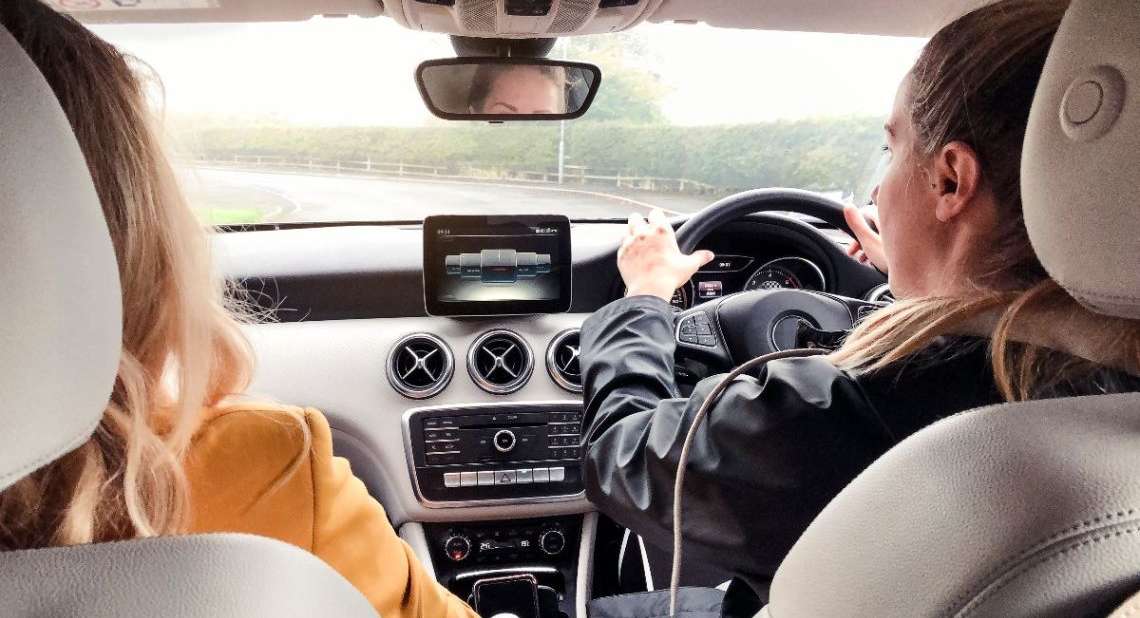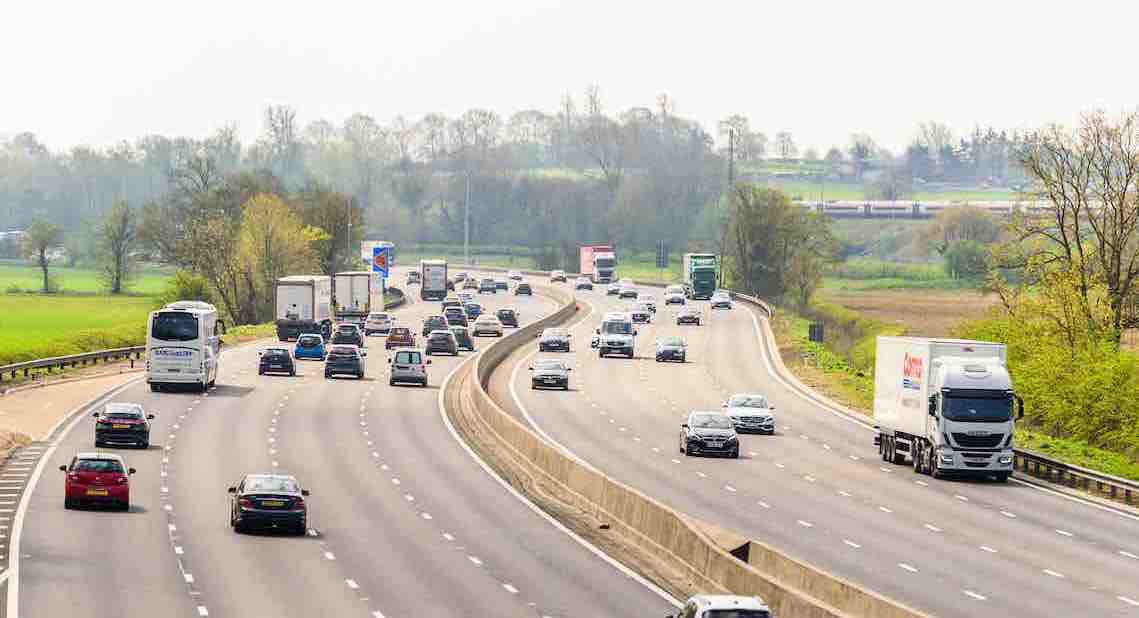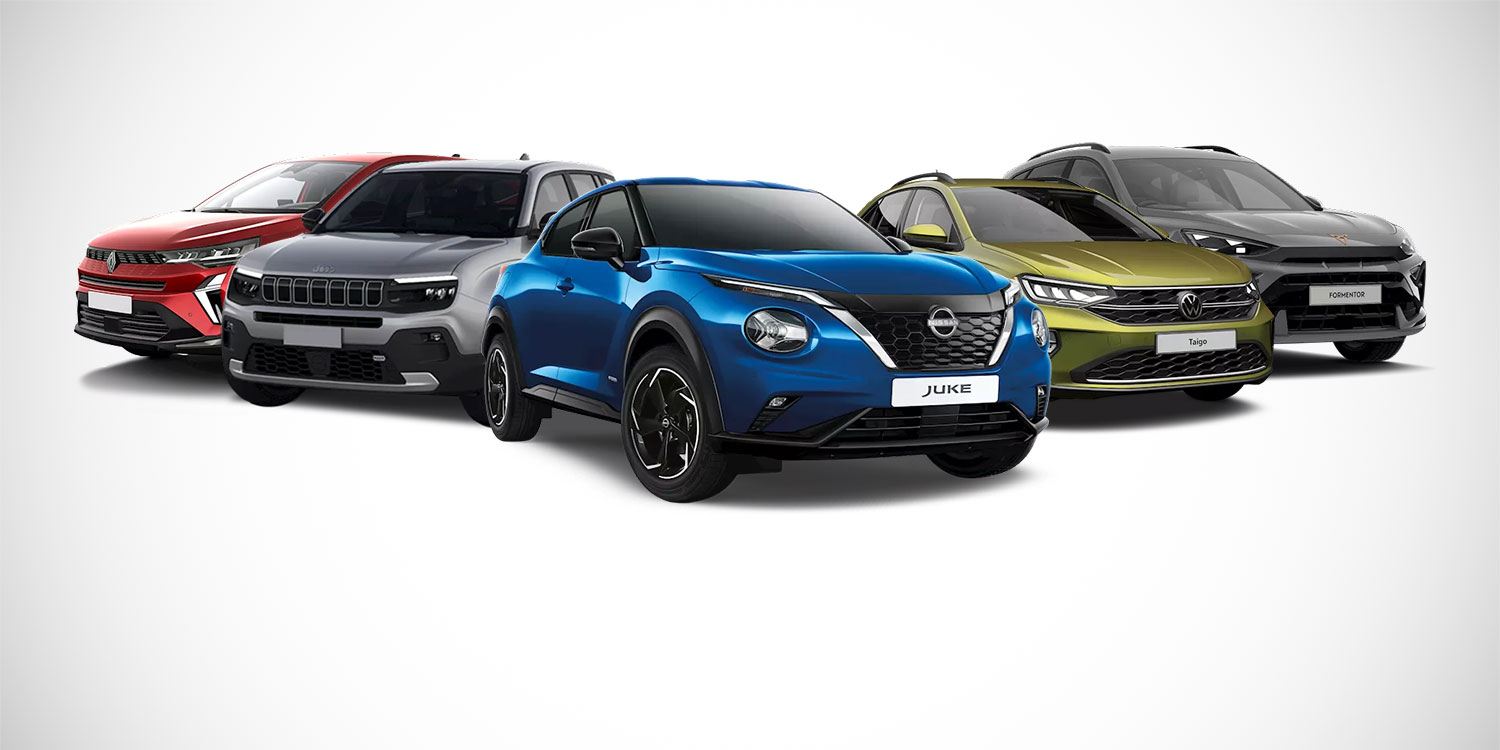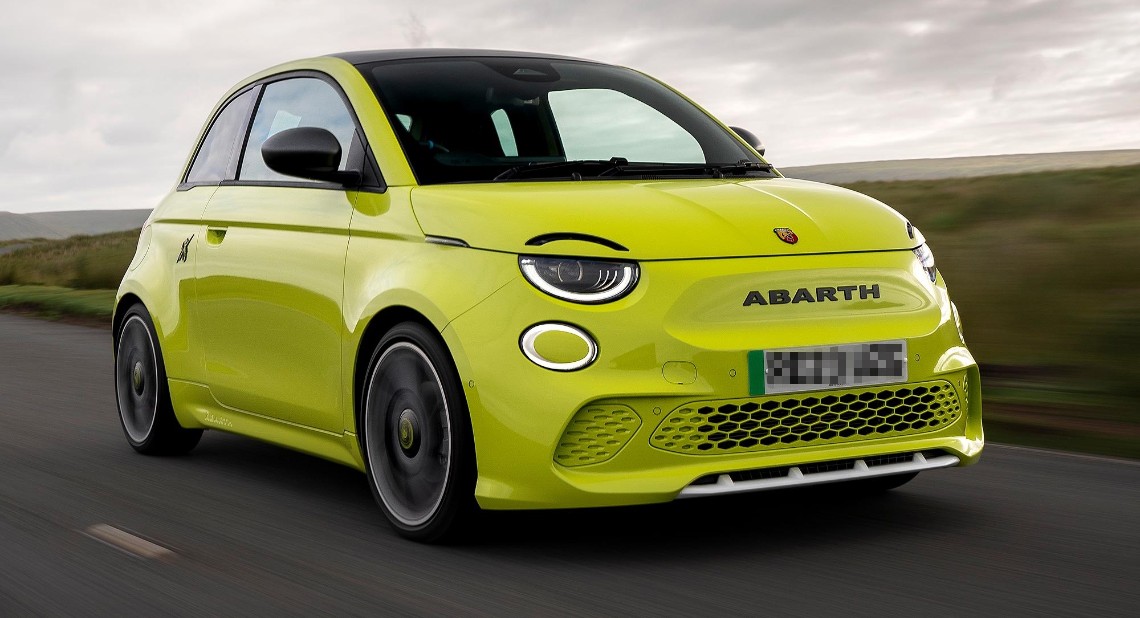We all need to get from A to B, but how can we do so and do the least damage to the planet as possible? Here are seven simple changes you can make to ensure your driving is more eco-friendly.
Eco-driving is the art of driving your car more efficiently. By employing a few simple tips, you can help increase your car’s fuel efficiency, helping you to save money and protect the planet. To get you started, here are seven easy changes you can make…
1. Plan your journey
Eco-friendly driving begins before you even get behind the wheel of your car. Most journeys you make are along repeat routes – those you make time and again. Identify where and at what time of day traffic is likely to be heaviest and slowest and avoid them where possible – any time you sit in slow or stationary traffic, you’re burning more fuel than if you drive straight through.
On longer journeys and travel to new places, it’s harder to predict where traffic will slow you down, but the same rule applies: consider the time of day you’ll be driving in built-up areas and research as fully as possible the route you’ll take. Getting lost is an obvious enemy of eco-driving, adding extra miles to your journey and burning extra fuel in the process.
Always consider alternative routes. Route B may be longer than Route A in terms of miles covered, but if it’s less congested it will save you time and fuel.
And be aware that short journeys are less fuel-efficient than long ones – it takes a car up to 8km before the engine begins to run at maximum efficiency.
Did you know?
Electric and hybrid cars offer greater fuel efficiency than petrol or diesel vehicles and are much cheaper to run.
2. Don’t hang around
It used to be that older cars would need time to ‘warm up’ before you could drive away. Happily, modern cars don’t work that way. Once you’ve started the engine, you’re good to go. Don’t sit around revving it and polluting the atmosphere, simply check your mirrors and head off on your way.
3. Don’t be idle
An idling vehicle – the act of leaving a vehicle’s engine running while it is stationary – isn’t great for the environment, your car’s engine or your fuel consumption. To combat this, the RAC recommends that motorists turn off their engines if they think they will remain stationary for any more than two minutes; although they warn against doing this repeatedly in a short space of time, particularly in older car models.
Many new cars are now fitted with a ‘stop-start’ system. A stop-start system automatically shuts down the engine when the vehicle is stationary and restarts as soon as the accelerator is pressed, this reduces the amount of time the engine spends idling, thereby reducing fuel consumption and emissions. If your car has this feature then make sure it’s turned on.
Learn more about stop/start technology in cars
4. Travel light
A heavier vehicle burns more fuel. While it’s not always possible to travel light, it pays to check that your car isn’t carrying any unnecessary weight before you embark on your journey. Remove heavy roof racks when not in use to improve your aerodynamics, which in turn improves your fuel efficiency. And check the boot for any bulky business you’d completely forgotten was in there – bags and anything else.
5. Check your tyres regularly
Servicing is included in your Motability Scheme lease and a regular service will ensure that your car runs more efficiently. However, you can play your part by making sure your tyres are correctly inflated. A car’s engine has to work harder to turn under-inflated tyres, burning more fuel and emitting more pollutants in the process. The correct tyre pressure is usually printed on the inside of the driver’s door.
Regularly check your four tyres with a pressure gauge and make sure your tyres are inflated to the recommended number. If you can not check your tyres yourself and there is nobody who can do it for you then you may need to contact Kwik Fit for help, or visit one of their centres. They will also be able to inflate your tyres to the correct pressure too.
6. Drive slower – and smarter
How you drive your car has significant implications on your fuel consumption. Driving at 70mph uses up to 9% more fuel than at 60mph, and up to 15% more than at 50mph.
<p”>Maintaining a steady speed whenever possible is the key here, because constant stopping and starting is the enemy of efficiency. Drive at a steady speed, be aware of the traffic ahead and anticipate the need to slow down and stop in good time. When you do brake, do so smoothly, then accelerate in the same manner.
If the situation allows and you have the option, use cruise control whenever possible, and if you drive a manual transmission car, practice shifting gears smoothly to maximise your fuel efficiency.
7. Press ECON not Air Con
Many modern cars feature an ‘ECO’ button, sometimes called ‘ECON’. While this varies from model to model, ECO mode generally makes the engine and accelerator pedal less responsive to inputs, thus helping to reduce your fuel consumption.
Click ECO on but keep your Air-Con off unless you absolutely have no other option. Your car’s air conditioning increases the demands on your engine, forcing it to work harder and burn more fuel. If it’s hot, open the windows for while before you set off to bring the temperature down. Your passengers, your car and the planet will thank you.
About the Scheme
The Motability Scheme provides an affordable way for people with disabilities to lease a car, scooter or powered wheelchair in exchange for their mobility allowance. Insurance, breakdown assistance, servicing and maintenance are already arranged and included in the price you pay, so you can enjoy the freedom that comes with a worry-free lease.
- Learn how the Motability Scheme works
- Check if you’re eligible to join
- Browse our range of available cars
Related links
Is now the right time to get an electric car?
Clean Air Zones: what are they and which cities have them?
Watch our guide to alternative fuels and hybrid/electric vehicles
![]()






